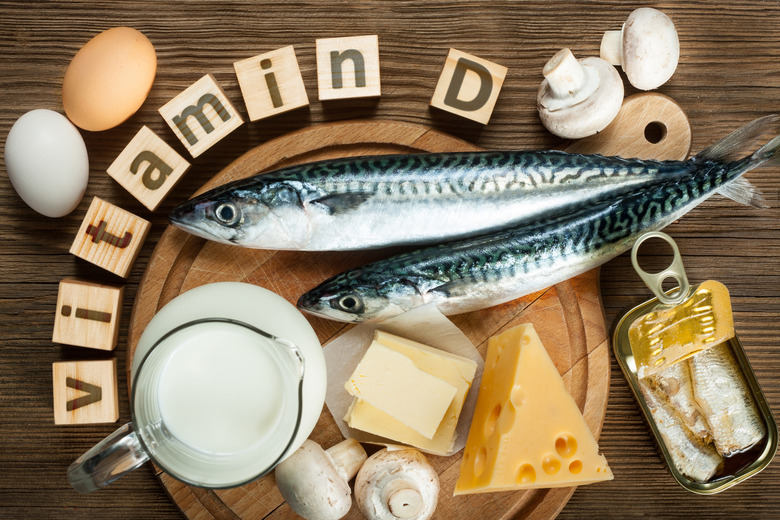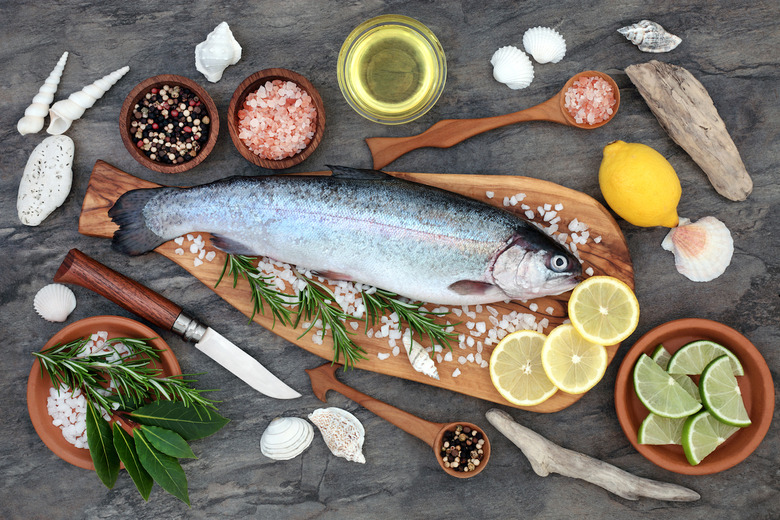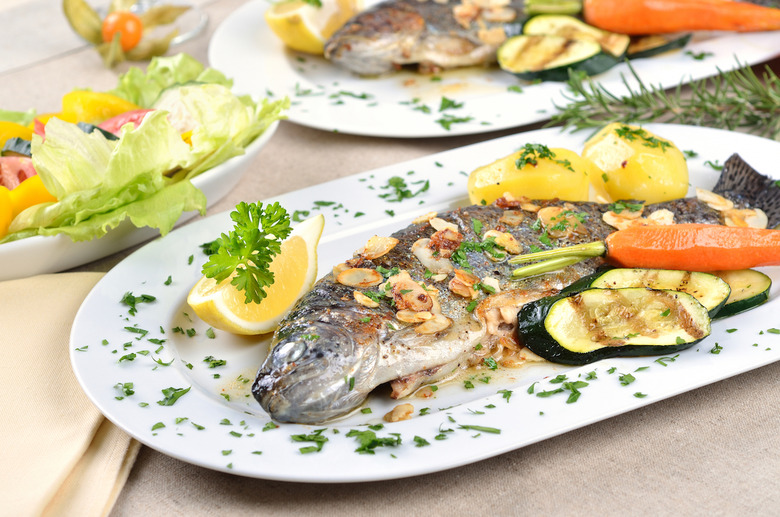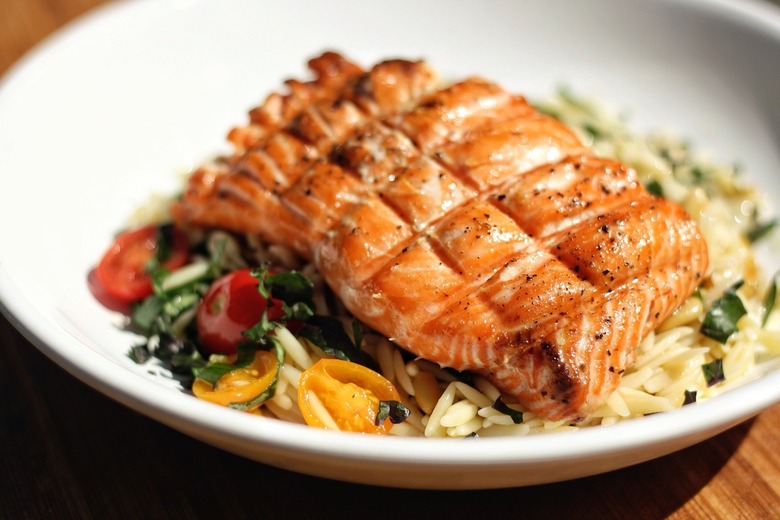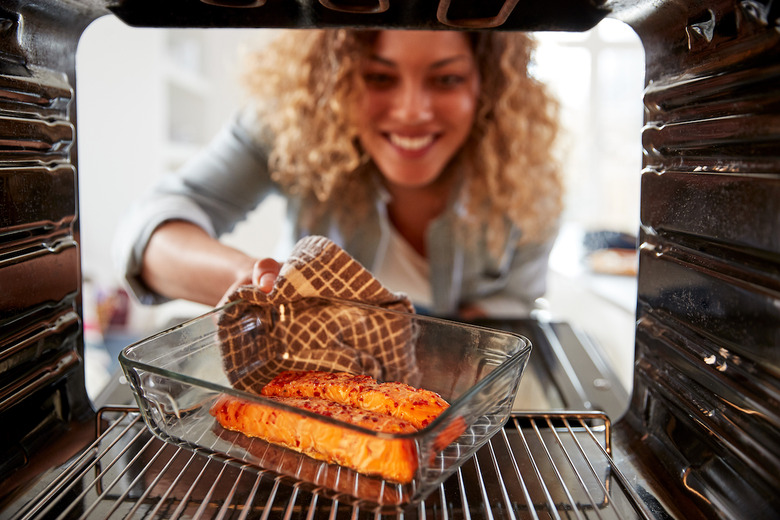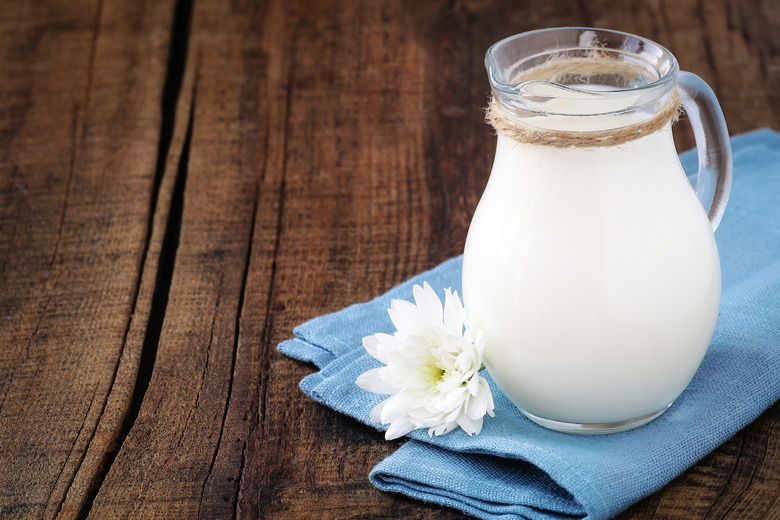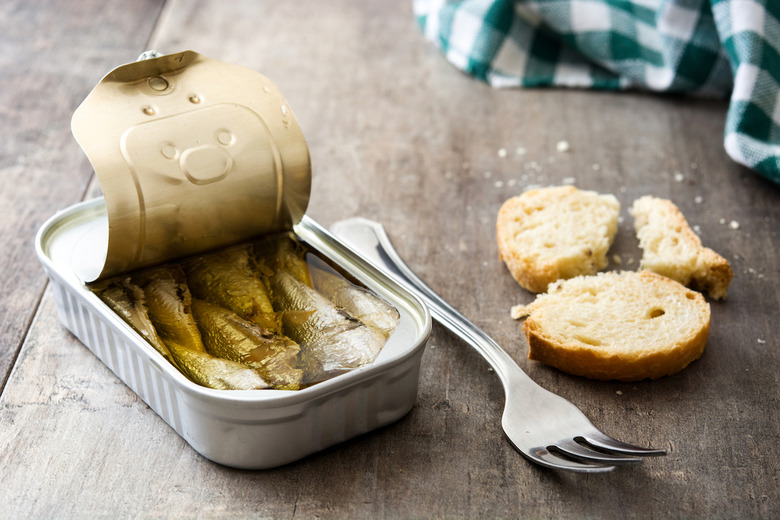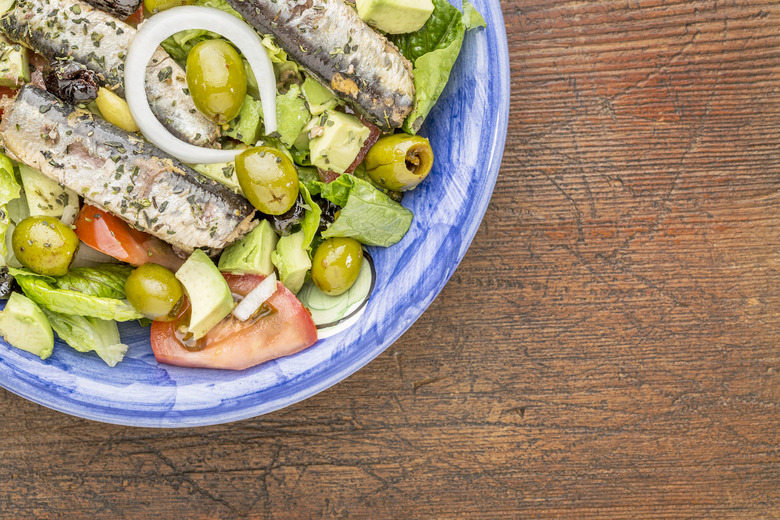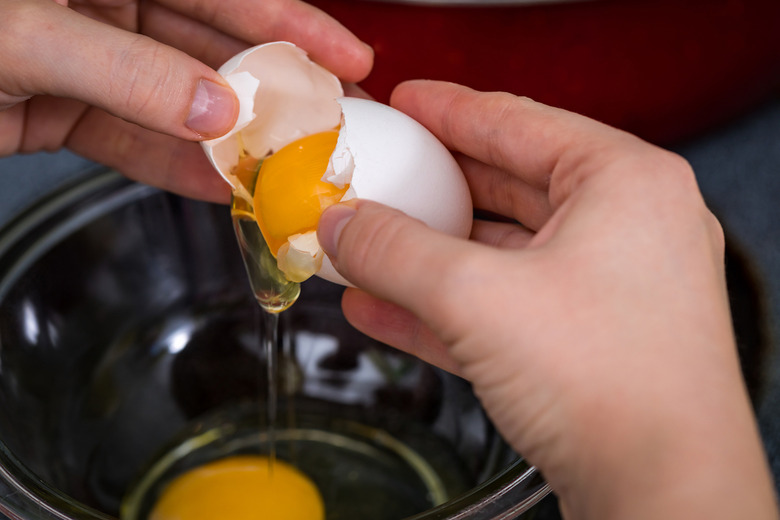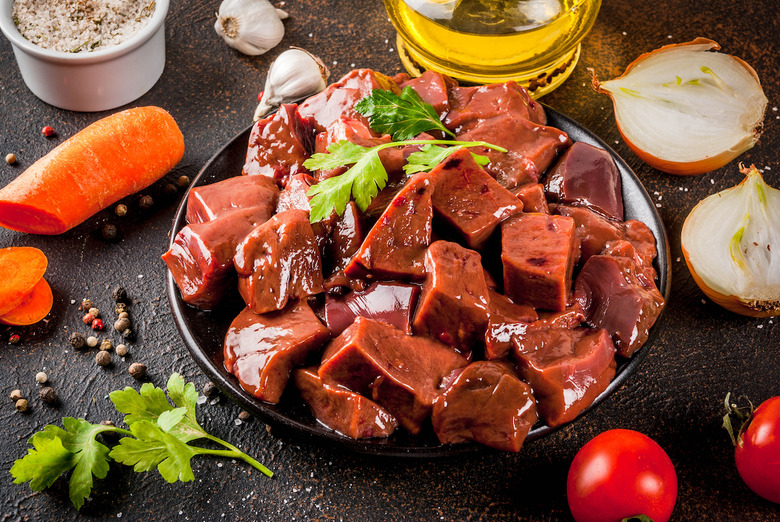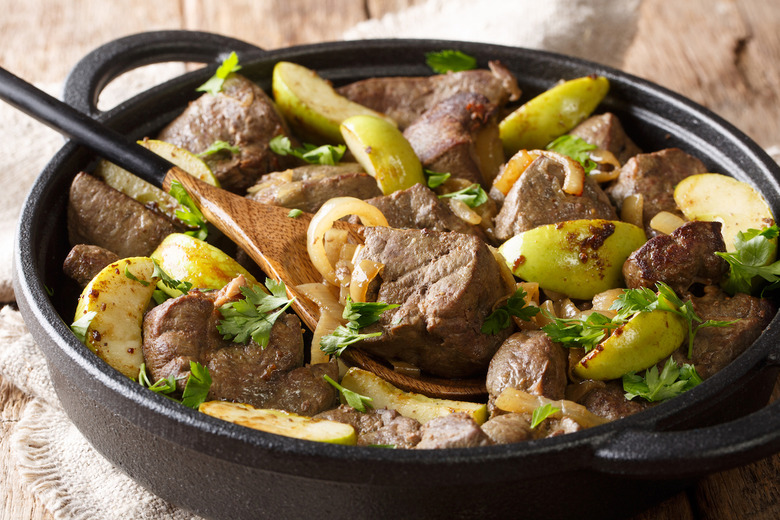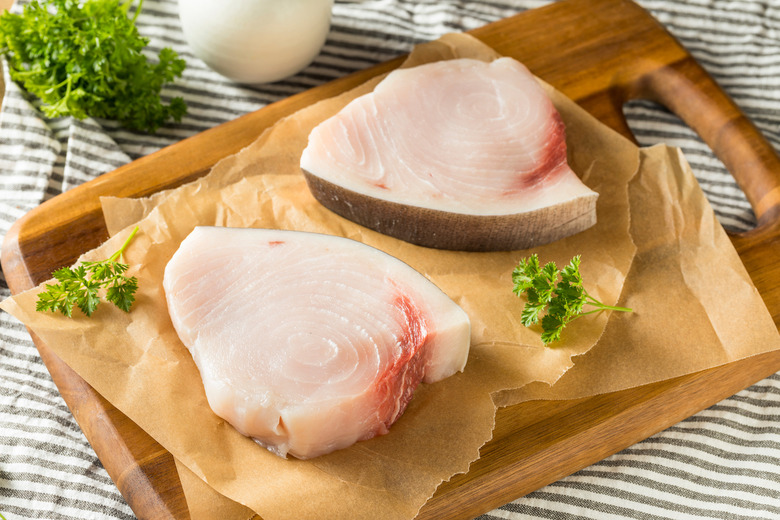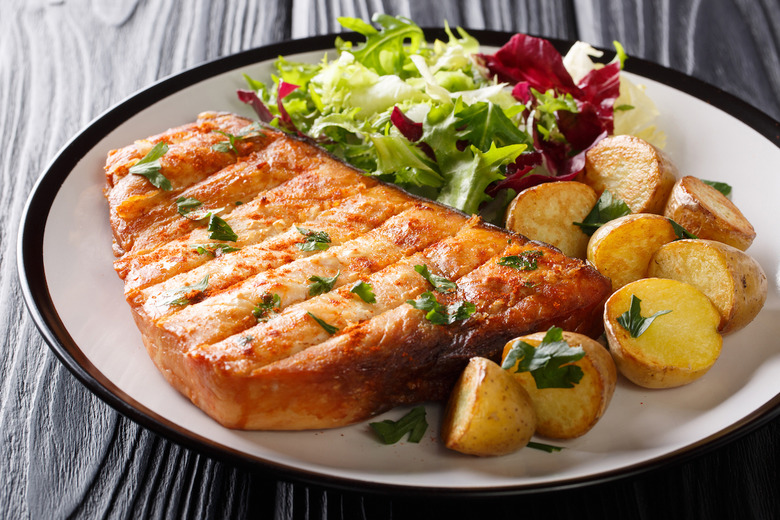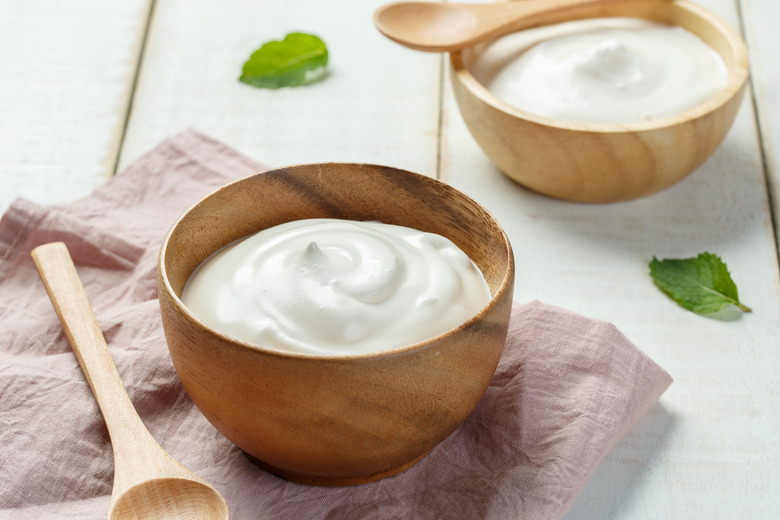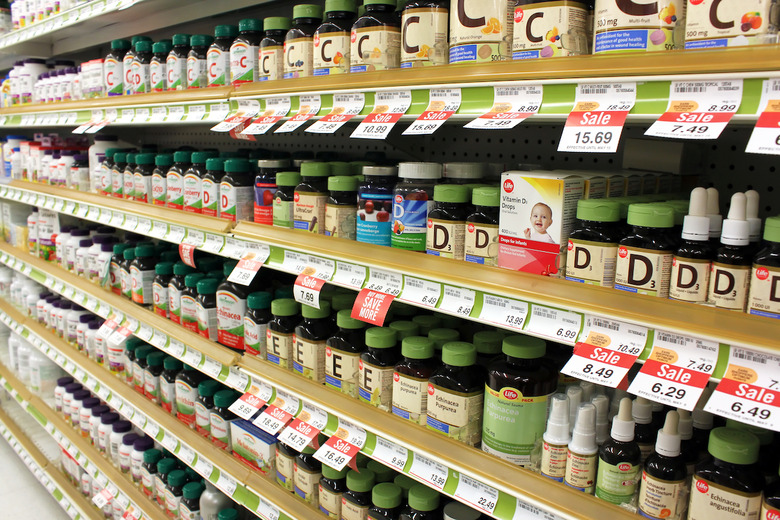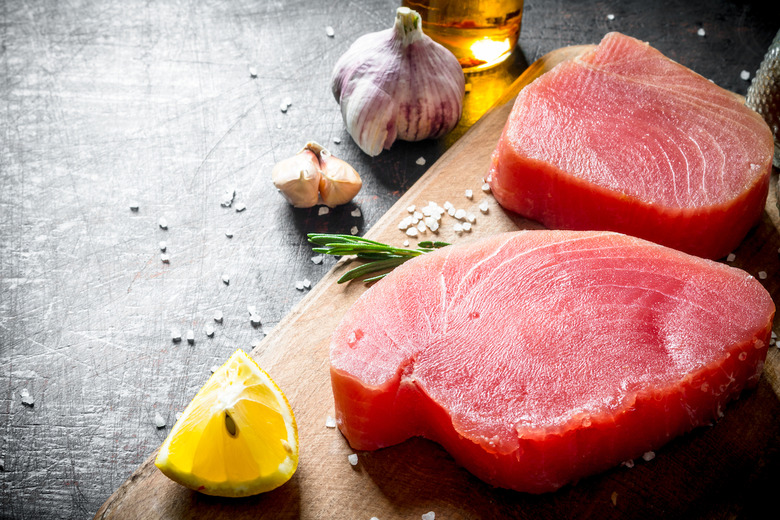Best Foods For Vitamin D
Vitamin D is an important part of overall health, and having the right amount in your bloodstream is essential for bone health. According to some research, it can even protect from depression, diabetes and heart disease.
Most healthy adults require 600 international units (IUs) of vitamin D per day, while individuals more than 70 years old need about 800 IUs. Babies, on the other hand, need only between 200 and 400 IUs of vitamin D in their first year. Here are some ways to make sure you're getting enough of your daily vitamin D.
Cod liver oil
Cod liver oil is one of the best sources of vitamin D, as just 1 tablespoon has 1,360 IUs, or 34 micrograms. It also has vitamin A, which helps the immune system and bone growth, and omega-3 fatty acids, which are good for the heart.
How to add cod liver oil to your diet
Similar to fish oil but with the added benefits of vitamin A and D, cod liver oil not only comes in liquid form, but can also be found in the form of liquid capsules that you can take if you don't want to have to taste it.
Trout
Among all the types of fish you can eat, trout is one of the best sources of vitamin D. Just 3 ounces of farmed and cooked rainbow trout contains 645 IUs of vitamin D, or 16.2 micrograms. Among many benefits, trout has quite a bit of protein, which makes it one of the best foods for healthy, glowing skin.
How to add trout to your diet
Trout can be fried, grilled or baked and is used in Southern recipes, such as trout amandine or fried fish.
Salmon
Closely related to trout, salmon has a ton of nutritional benefits, such as possible prevention of Alzheimer's thanks to its omega-3 fatty acids. A 3-ounce cooked portion of sockeye salmon has 570 IUs, or 14.2 micrograms, of vitamin D.
How to add salmon to your diet
Grilling up the perfect salmon is a great way to up your vitamin D intake, and it can be a fun meal if you grill it on a stick. It can also be baked or fried and served with all kinds of sauces.
White mushrooms
Mushrooms are known to have many medicinal benefits, including boosting vitamin D. Half a cup of raw white mushrooms that have been cut and exposed to UV light contains 366 IUs of vitamin D, or 9.2 micrograms.
How to add white mushrooms to your diet
You can eat white mushrooms by themselves or add them as a topping to pretty much anything. Toss them in a salad, cook yourself a mushroom sauce for pasta or order mushroom pizza from one of America's top pizzerias.
Fortified milk
In the United States, most of the vitamin D in the average diet comes from fortified foods. Nearly all milk in the country is fortified with 100 IUs per cup, or 2.5 micrograms. One cup of vitamin D-fortified 2% milk has 120 IUs, or 2.9 micrograms of vitamin D.
How to add fortified milk to your diet
In addition to drinking milk, you can add it to coffee or smoothies. There are also plenty of recipes that use a lot of milk.
Fortified alternative milk
There are so many alternatives to milk available now, notably soy, almond and oat milk. Vitamin D-fortified soy, almond and oat milks contain 100 to 144 IUs, or 2.5 to 3.6 micrograms per cup.
How to add a fortified milk alternative to your diet
You can use any of these milks as creamers for your coffee or tea, or as a substitute for milk in any recipe. There are also plenty of vegan foods and desserts that use soy, almond or oat milk.
Sardines
Sardines typically come in cans, and a serving of two sardines has 46 IUs of vitamin D, or 1.2 micrograms.
How to add sardines to your diet
Sardines can be eaten by themselves, but they're also used as pizza toppings and in soup or salads.
Egg yolks
Vitamin D can be found in the yolks of eggs. One large scrambled egg will contain 44 IUs of vitamin D per serving, or 1.1 micrograms. Eggs are so versatile because there are all kinds of unexpected ingredients that go great with eggs.
How to add egg yolks to your diet
Having eggs for breakfast is a quick and easy way to ensure they're a part of your diet, but you don't have to stick to omelets, fried eggs or just scrambled. There are plenty of brunch recipes that make creative use of eggs and egg yolks, as well as dinner dishes such as shakshuka or egg fried rice.
Beef liver
It may not sound appetizing to some, but beef liver is enjoyed by many cultures, as part of Italian, South American and South Asian cuisines. Three ounces of braised beef liver contains 42 IUs of vitamin D, or 1 microgram.
How to add beef liver to your diet
Beef liver is typically grilled or sautéed and eaten as a main course. You can make some yourself or order a plate at one of America's best soul food restaurants.
Fortified cereal
Plenty of ready-to-eat cereals come fortified with vitamin D. Just one serving of cereal that's been fortified with 10% of the recommended daily value of vitamin D has 80 IUs, or 2 micrograms, of it.
How to add fortified cereal to your diet
One of the biggest breakfast mistakes you can make is skipping it entirely. Buy some fortified cereal as a quick and easy morning option, or incorporate it into a dessert or granola recipe.
Swordfish
Just 3 ounces of cooked swordfish has 566 IUs of vitamin D, or 14.2 micrograms. It's also a great source of selenium, which helps with heart health.
How to add swordfish to your diet
You can grill swordfish and serve it with dressing, stick it onto a skewer or turn it into a swordfish slider. Swordfish can also be baked, fried or served tartare.
Fortified yogurt
Yogurt has many health benefits, including lowering your risk of heart disease, Type 2 diabetes and chronic inflammatory diseases. Six ounces of yogurt fortified with 20% of the daily value of vitamin D contains 80 IUs of vitamin D, or 2 micrograms.
How to add fortified yogurt to your diet
When eating more fortified yogurt, it's important to make sure it doesn't have too much sugar, as sugary yogurt is one of those "healthy" foods you should avoid. In addition to eating yogurt by itself, you can add it to a smoothie, make a breakfast parfait or use it in a dip or dessert.
Sunlight
Vitamin D can be produced naturally in the skin by getting some sunlight; the sun's ultraviolet B energy causes it to produce the vitamin. It's important to get enough vitamin D while still taking care of your skin, especially in the winter when you may be exposed to less sunlight.
How to get more sunlight
If you're not able to go outside much, or if your area gets very little sunlight, you can still catch some rays by making sure to open your windows. However, getting too much sun can be harmful, so make sure to wear sunscreen, especially when you're somewhere that's sunny year-round, and don't rely on the sun for all your vitamin D needs.
Dietary supplements
One easy way to ensure you're getting your recommended daily value of vitamin D is by taking a dietary supplement. If you think you may have a vitamin D deficiency, you should get a blood test and ask your doctor just what your levels are and how much you may need.
How to get dietary supplements
You can find dietary supplements at any grocery store, pharmacy or vitamin shop. It's important to check your options to see how much vitamin D they have so that you're not taking too much. Your doctor can let you know how much vitamin D you should be taking and, if necessary, even give you a prescription for a high-level dose of any vitamins you may be missing.
Tuna
Like other foods with vitamin D, tuna is one of the healthiest foods for your thyroid. In 3 ounces of tuna fish that's been canned in water, there are 40 IUs of vitamin D, or 1 microgram.
How to add tuna to your diet
There are a lot more creative ways to incorporate tuna into your diet than a simple healthy tuna salad or steak. Try adding tuna to your pasta or making tuna noodle casserole, one of those old-school recipes that no one makes anymore but should.
More from The Daily Meal:
25 Ways to Add More Fiber to Your Diet
Foods and Drinks You Didn't Know Have Caffeine
20 Things Pregnant Women Should Add to Their Diet
The Most Eco-Friendly Things You Can Buy at the Grocery Store
Vegetables That Are Fruit and Other Common Foods That Aren't What You Think
